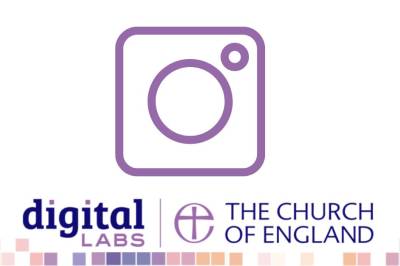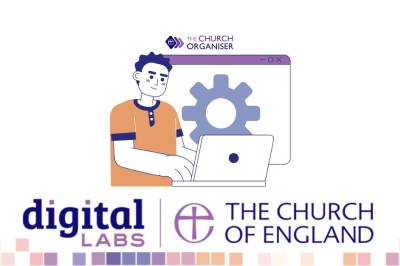19/01/2024
Facebook offers three different ways to have a presence on the platform: profiles, pages and groups. Do you know the difference between these? Which one(s) are right for your church? Read on to find out more and decide where to create a Facebook presence for your church.

Profiles
If you’ve created an account on Facebook, this is your profile. Profiles are the key you use to get into Facebook. You should set up a Facebook profile before you create pages or groups.
Profiles are where you share your interests and photos with friends you’ve connected with. In order to have a page or a group, you need to have created a profile first.
It’s important that you set up a profile using your personal details, rather than your church’s. Facebook specifies that profiles are for individual use only and must use your name.. Profiles have more restrictions on who can see your posts – to view the content on someone’s profile, people need to request to become your ‘friend’. Facebook requires your profile to be active and have a few ‘friends’ - if you create a Facebook page or group using a completely blank profile, Facebook might flag your account as a spam account.
If you’ve set up a Facebook profile just to manage a page or a group, but you don’t want people to find your profile or view your personal details, you can adjust your privacy settings. Learn how to adjust your privacy settings here.

Pages
Pages are like mini websites. They’re open for all to see and have plenty of features which make them perfect for churches to use. You can create a page through your profile, but people visiting the page won’t be able to see your profile.
Not only can you post videos, images, and go live, Facebook provides you with advanced metrics on how your posts are performing and the demographics of your audience which helps you to produce more relevant content for them.
Pages also have a helpful ‘About’ section which means your church can provide contact information, links to other social networks and your website (or A Church Near You page) and tell people a little bit about what kind of church you are.
It’s recommended that each church in the benefice has an individual page. This helps people to easily find their local church and be provided with more relevant information to them, though you can share one post across other pages easily.
We recommend that you have at least three administrators for your page. The admin can add and remove people from editing the page and if you only have one and something happens to that person, you will lose editing access to the page.
If you’d like to learn more about using Facebook pages for your church, come along to one of our free webinars.
Top tip: rather than manually publishing social media posts or stories when you want them to go live, you could schedule them. Meta Business Suite is a completely free scheduling tool that allows you to schedule and manage your content on Facebook and Instagram. Read our blog here to learn more about the scheduling tool and how to use it.

Groups
A good way to think about Facebook groups is to compare them to a small group or church foyer. They’re designed for small community or interest groups to communicate with each other.
Though groups might seem ideal for churches, they’re more closed off than pages because people need to request to join them. This might make them feel less welcoming to newcomers. Pages, on the other hand, are ideal for newcomers because they are open to all.
Groups might come in handy, however, for smaller groups inside a church, such as the youth group, parents and toddler group, Alpha course group, or choir group, as a way of easily passing on news and information and engaging with other people in the group.
People in groups can share with each other and write their own posts, giving it much more of a community feel. Why not consider using Facebook Groups to support some of the activities you have going on at your church?
If you’d like to learn more about using Facebook Groups for your church, come along to one of our free webinars.

What next?
- The first step is for you to create a Facebook profile (if you don’t already have one). You can set up a Facebook profile by clicking here.
- We recommend that churches have a Facebook page to act as a welcoming mini website which is open for people to discover. You can set up a Facebook page by clicking here.
- If you’ve got any smaller groups within your church and you’d like to create a Facebook group specifically for them to connect with each other, click here.
- Digital Labs Team


